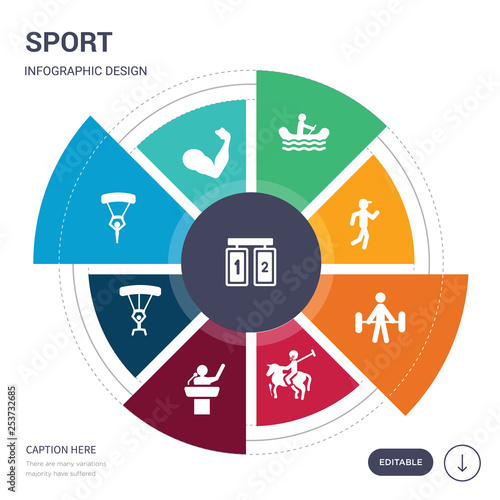The Worldwide History And Change Of Martial Arts
The Worldwide History And Change Of Martial Arts
Blog Article
Content Author-Hess Matthews
Martial arts have an interesting background that covers centuries and continents. You might find it appealing how ancient methods like Shuai Jiao and Kalaripayattu laid the groundwork for contemporary fight methods. do martial art instructors let kids knock them down emphasize physical skills but also show the societies that birthed them. As you explore their advancement, consider how globalization has actually changed these conventional forms right into crossbreed styles. What impacts do you think have formed today's martial arts landscape?
Ancient Martial arts: The Structures of Fight
As you delve into the world of old martial arts, you'll discover the rich foundations that shaped fight methods across cultures. Early techniques focused on Self-Defense and survival, typically including strikes, hurting, and weapons.
In old China, for example, techniques like Shuai Jiao stressed tosses and joint locks, while India's Kalaripayattu showcased agility and liquid motion. Japanese samurai established Kenjutsu, a polished swordsmanship that highlighted discipline and strategy.
kung fu for adults near me offered not just for battle yet also as a means of personal growth, instilling worths like respect and willpower. The mixing of these strategies in time prepared for the diverse martial arts you see today, each reflecting the distinct philosophies and needs of its culture.
The Social Impact on Martial Arts Development
While martial arts usually show the practical requirements of a society, they likewise symbolize the social values and beliefs of their origins. When martial arts training in india discover different martial arts, you'll discover just how they're influenced by religious beliefs, philosophy, and social norms.
For example, the focus on regard and self-control in Japanese martial arts stems from Zen Buddhism and samurai society. In contrast, Brazilian Jiu-Jitsu advertises adaptability and method, shaped by the need for effectiveness in a diverse, multicultural setting.
You might discover that the rituals, attires, and training approaches reflect a community's background and identity. By comprehending these cultural influences, you deepen your gratitude of martial arts and their role in shaping human experiences around the world.
Modern Adaptations and the Globalization of Martial arts
Martial arts have actually transformed dramatically in current decades, adapting to contemporary society and worldwide impacts. You'll observe that typical types have combined with contemporary methods, producing hybrid styles like mixed martial arts. These adaptations cater to varied audiences, making martial arts easily accessible and enticing globally.
With the rise of social media and electronic platforms, you can find tutorials and competitors from all corners of the globe, damaging geographical barriers. This globalization has actually caused a common recognition for various disciplines, from Brazilian Jiu-Jitsu to Taekwondo.
As you engage with these arts, you'll realize they're not practically battle; they promote physical fitness, technique, and psychological wellness.
Eventually, modern adaptations have enriched the martial arts landscape, making it a dynamic and advancing technique.
Conclusion
In discovering the history and development of martial arts, you uncover a remarkable blend of techniques, societies, and approaches. From ancient self-controls like Shuai Jiao and Kalaripayattu to the modern flexibility seen in mixed martial arts, martial arts show humanity's pursuit for Self-Defense and personal development. As you engage with these practices, you not only acquire skills yet additionally a much deeper admiration for the varied traditions that form our world today. So, continue your journey and accept the art of combat!
